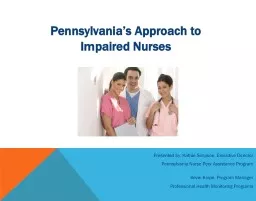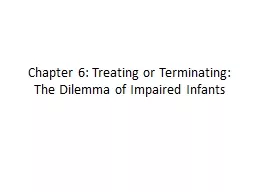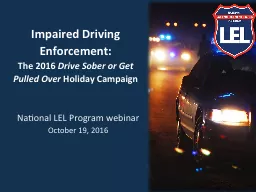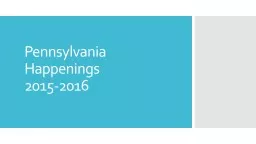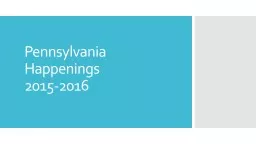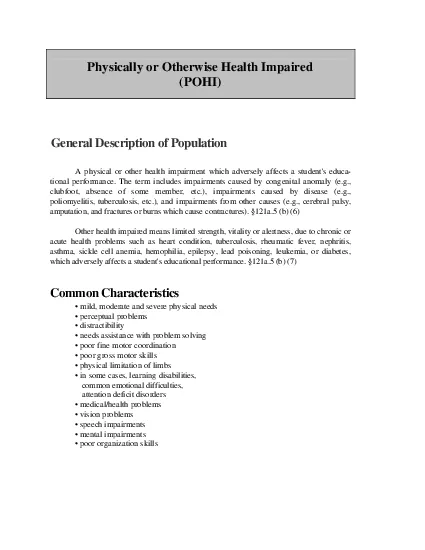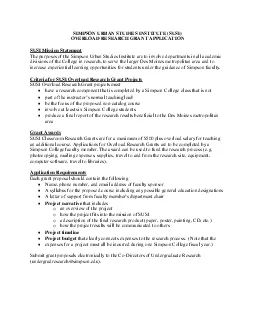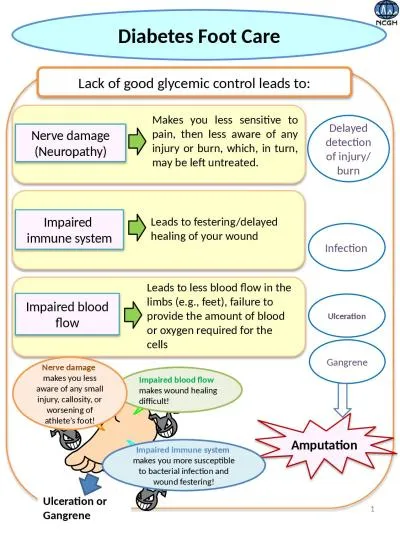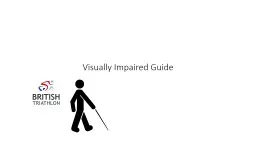PPT-Pennsylvania’s Approach to Impaired Nurses Presented by: Kathie Simpson, Executive Director
Author : yoshiko-marsland | Published Date : 2019-11-03
Pennsylvanias Approach to Impaired Nurses Presented by Kathie Simpson Executive Director Pennsylvania Nurse Peer Assistance Program Kevin Knipe Program Manager Professional
Presentation Embed Code
Download Presentation
Download Presentation The PPT/PDF document "Pennsylvania’s Approach to Impaired Nu..." is the property of its rightful owner. Permission is granted to download and print the materials on this website for personal, non-commercial use only, and to display it on your personal computer provided you do not modify the materials and that you retain all copyright notices contained in the materials. By downloading content from our website, you accept the terms of this agreement.
Pennsylvania’s Approach to Impaired Nurses Presented by: Kathie Simpson, Executive Director: Transcript
Download Rules Of Document
"Pennsylvania’s Approach to Impaired Nurses Presented by: Kathie Simpson, Executive Director"The content belongs to its owner. You may download and print it for personal use, without modification, and keep all copyright notices. By downloading, you agree to these terms.
Related Documents

